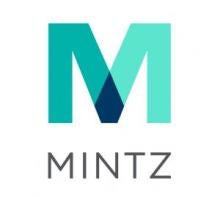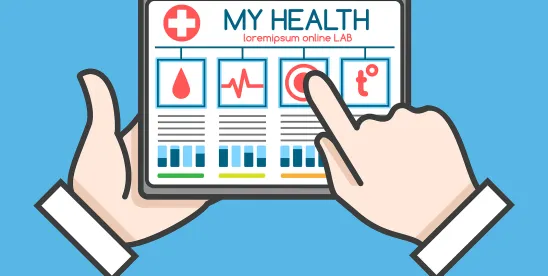On June 11, 2025, the Department of Health and Human Services Office of Inspector General (OIG) issued a favorable advisory opinion on a proposed arrangement where a physician practice managed by a management services organization (MSO) would engage telehealth-based practices and platforms (collectively, Telehealth Companies) to provide telehealth services, including leasing health care professionals and maintaining the telehealth platform. The physician practice would submit claims for the telehealth services under its own private and government payor contracts. This advisory opinion addresses an increasingly common telehealth delivery model aimed at increasing the availability of health plan coverage for telehealth services, particularly in recent years with the rise in popularity of GLP-1 drugs for managing obesity.
The Proposed Arrangement
The advisory opinion was requested by an MSO and a physician practice wholly owned by a physician shareholder whose underlying arrangement was presumably designed to comply with state prohibitions on the corporate practice of medicine (CPOM). State CPOM provisions generally bar a business corporation from practicing medicine or employing physicians to provide medical services. Under the proposed arrangement, the physician practice would engage the Telehealth Companies, which would (i) lease health care professionals to the physician practice for the provision of professional telehealth services; (ii) provide accounting services (e.g., collecting patients’ copays); (iii) provide online marketing services; and (iv) maintain the telehealth platform. The physician practice would pay hourly rates to lease the health care professionals and an administrative fee for the non-clinical services provided by the Telehealth Companies. The requesters certified that the fees were consistent with fair market value as established by a third-party valuator and that the physician practice would pay the fees regardless of whether the practice was ultimately reimbursed by payors for the telehealth services.
The requestors noted that the Telehealth Companies often have limited in-network contracts with health plans, which can result in reduced access to covered telehealth services and higher out-of-pocket costs for patients—especially those in rural and underserved communities. To address this, the arrangement allows for referrals between the Telehealth Companies and the physician practice when both maintain contracts with the same payor. For example, a Telehealth Company may serve patients in one state, while referring patients from another state to the physician practice, thereby expanding access to in-network care.
OIG’s Analysis
The OIG determined that the arrangement would implicate the federal Anti-Kickback Statute (AKS) since the physician practice would pay remuneration in the form of service fees and the physician practice would receive patient referrals from the Telehealth Companies. But ultimately, the OIG reached a favorable determination based on the requesters’ certification that the proposed arrangement would fully satisfy the AKS’s personal services and management contracts safe harbor including outcomes-based payment arrangements. This safe harbor protects service arrangements meeting certain requirements, including that the methodology for determining the compensation related to the services is set in advance, the compensation is consistent with fair market value in arms-length transactions, and the compensation does not take into account the volume or value of any referrals or other business generated between the parties for which payment may be made by federal health care programs.
GLP-1 Manufacturers’ Lawsuits Against Telehealth Companies
The types of medical services contemplated under the proposed arrangement include obesity management care and the arrangement is reminiscent of the models adopted by a number of telehealth companies focused on managing obesity using drugs commonly known as GLP-1s. In recent years, there has been a rise in telehealth companies partnering with compounding pharmacies, physician practices and/or med spas to compound, prescribe, and distribute compounded versions of GLP-1s. The Food and Drug Administration (FDA) temporarily permitted the compounding of GLP-1s during a nationwide shortage that lasted for about two years and ended by mid-March 2025.
Subsequently, manufacturers of FDA-approved GLP-1s have filed lawsuits against multiple Telehealth Companies alleging that the Telehealth Companies are making compounded versions of their drugs illegally and without approval from FDA. Moreover, in two lawsuits filed by Eli Lilly in April 2025, the manufacturer introduced a novel argument that the Telehealth Companies are violating California’s CPOM law by unduly controlling or influencing prescribing decisions. Both Telehealth Companies are structured as MSOs managing physician-owned physician practices. To comply with state CPOM laws, physician practices must maintain autonomy over clinical decision-making and MSOs must refrain from exercising control over clinical decision-making. However, in both lawsuits, Eli Lilly alleges that the Telehealth Companies (and not the physician practices) provide insufficiently “personalized” medical advice to patients and switch patients’ dosages in violation of California’s CPOM statute.
The advisory opinion in support of, and the lawsuits challenging, these common MSO arrangements have emerged against a backdrop of increased interest in CPOM enforcement by the states. As discussed in another recent post, Oregon and Massachusetts are the latest examples of states aiming to impose additional restrictions on the MSO model.






 />i
/>i

